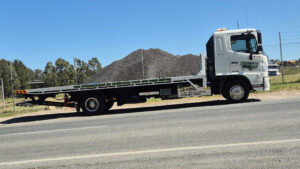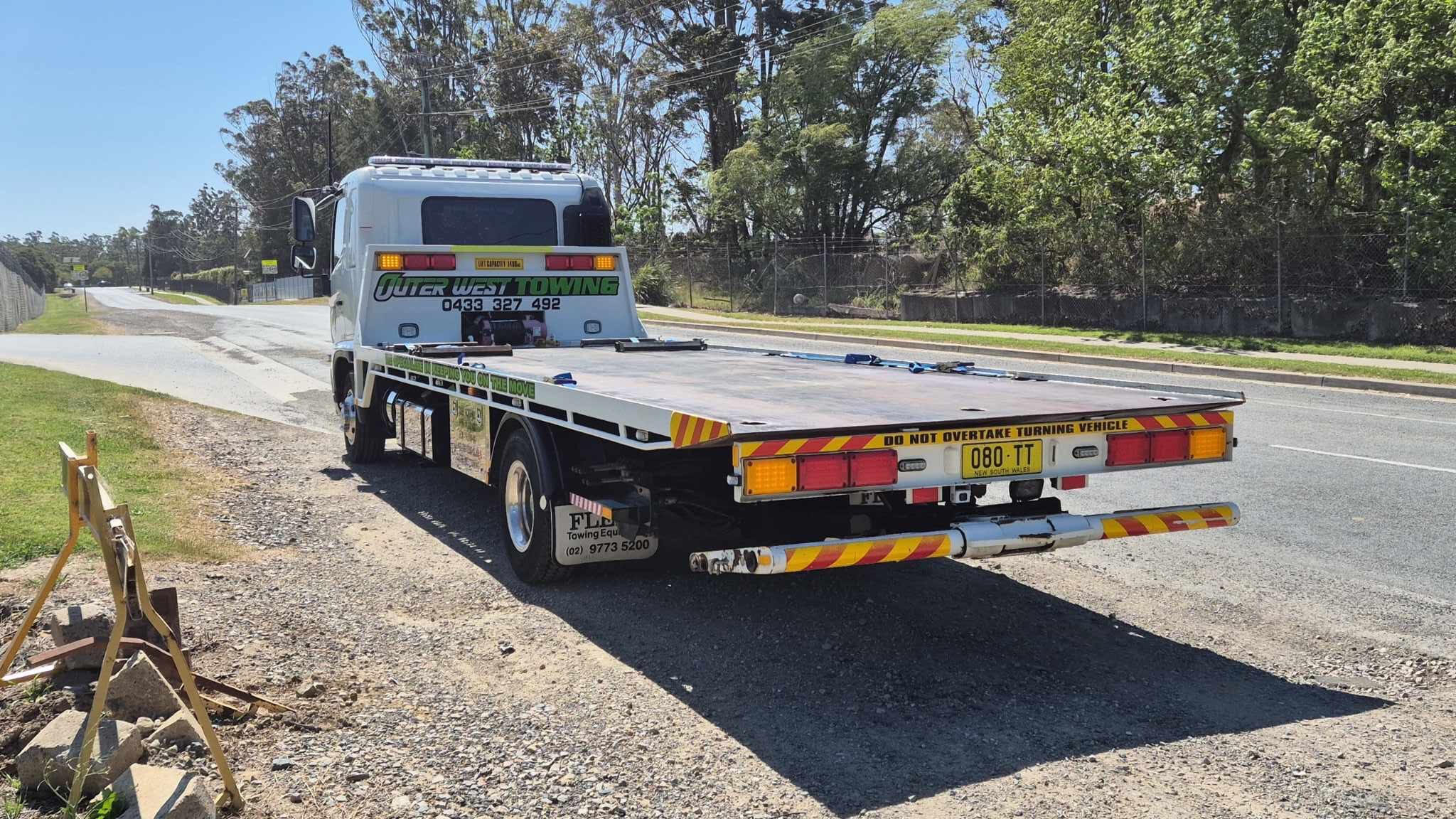
5 Signs It’s Time to Call a Towing Service
5 Signs It’s Time to Call a Towing Service Breaking down on the road is an unfortunate reality for many drivers. Whether it’s due to

Whether you’ve been in an accident, broken down on the side of the road, or simply need to move a vehicle from one location to another, knowing what type of towing service is right for your situation is essential. Not all towing services are created equal, and the type of tow required can depend on your vehicle’s size, condition, and distance needed to be transported. In this blog post, we’ll explore the different types of towing services and when each one might be needed.
Flatbed towing is one of the most common and safest methods for transporting vehicles. A flatbed truck has a long, empty platform on which the entire vehicle is lifted and secured. This method keeps your car’s wheels off the ground, ensuring no additional wear or damage occurs during transport.
When to Use Flatbed Towing:
Flatbed towing is ideal for most vehicles since it provides a smooth, damage-free ride.
Wheel-lift towing involves lifting either the front or rear wheels of your vehicle while the other set remains on the ground. A metal yoke is placed under the car’s wheels and used to hoist the vehicle, allowing it to be towed without dragging the car’s body. While it’s not as secure as flatbed towing, wheel-lift towing is often quicker and more economical for short-distance tows.
When to Use Wheel-Lift Towing:
Wheel-lift towing works well for light vehicles, but it may not be suitable for 4WD or all-wheel-drive cars since it could damage the drivetrain.
Integrated towing, also known as heavy-duty towing, is used for large, heavy vehicles such as buses, RVs, or trucks. Integrated tow trucks have additional axles and powerful equipment to handle heavy loads. These tow trucks often come with a combination of wheel-lift and crane functions, making them versatile for handling oversized or industrial vehicles.
When to Use Integrated Towing:
Heavy-duty tow trucks are specifically designed to deal with the extreme weight and size of industrial or commercial vehicles, providing secure and efficient recovery or transportation.
Hook and chain towing is the oldest and least commonly used method. It involves attaching chains to the vehicle and lifting it slightly while the rear wheels remain on the ground. This method can cause damage to the vehicle’s bumper or undercarriage, which is why it’s typically used only for transporting wrecked vehicles that are no longer roadworthy.
When to Use Hook and Chain Towing:
Due to its potential for causing damage, hook and chain towing is often replaced by flatbed and wheel-lift methods for most modern towing needs.
Long-distance towing services are essential when you need to transport your vehicle over a considerable distance. This service is often required when moving to a new city, shipping a vehicle purchased from another state, or transporting a car that’s inoperable over long distances.
When to Use Long-Distance Towing:
Long-distance towing typically involves a flatbed truck or a car carrier to ensure the safe transport of vehicles over hundreds of miles.
Understanding the different types of towing services available will help you make the best decision when you find yourself in need. While flatbed towing is generally the safest and most versatile option for everyday vehicles, wheel-lift towing can be faster and more economical for short distances. Heavy-duty towing is necessary for large or commercial vehicles, while long-distance towing offers the best solution for cross-country moves.
By understanding these options, you can ensure your vehicle is towed safely and efficiently, minimizing further damage and stress.
Final Thoughts
Towing isn’t just about getting your car from point A to point B—it’s about choosing the right service to protect your vehicle and ensure your safety. Whether you’re dealing with a minor breakdown or transporting a luxury vehicle, knowing the differences in towing services will help you make informed choices and avoid unnecessary headaches. Always choose a trusted towing provider that offers the type of towing suited to your needs, and your vehicle will be in safe hands.

5 Signs It’s Time to Call a Towing Service Breaking down on the road is an unfortunate reality for many drivers. Whether it’s due to
We provide fast, courteous and inexpensive towing services in Outer West NSW. We are fully insured and been in business since 2022. We are ready to respond to all your vehicle emergency needs 24 hours a day, seven days a week.
Get updates on special events and deals!